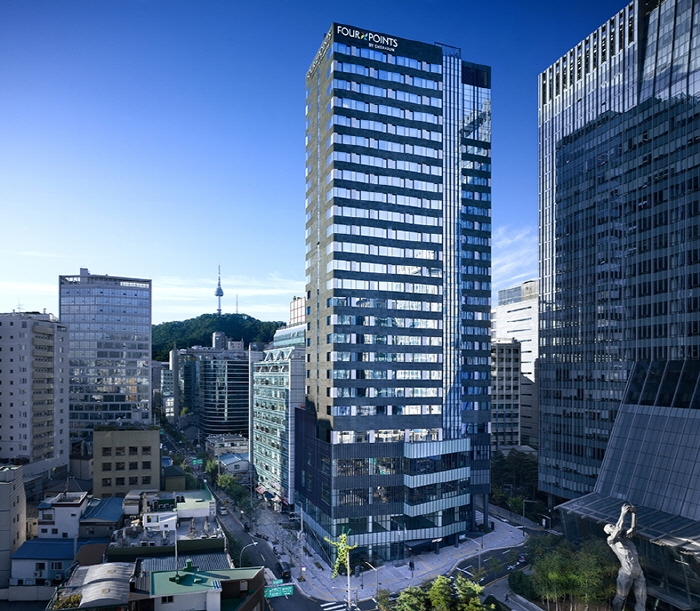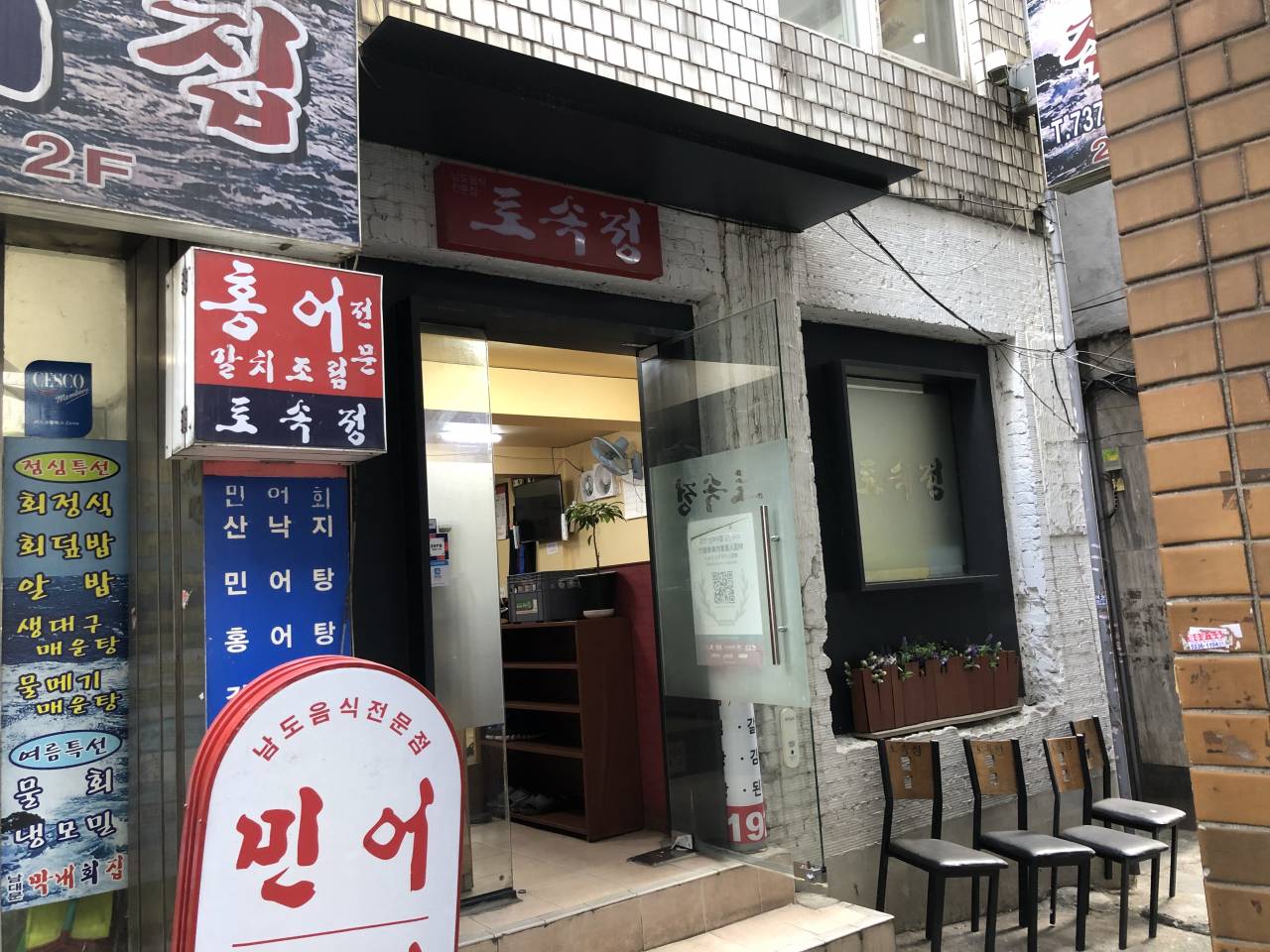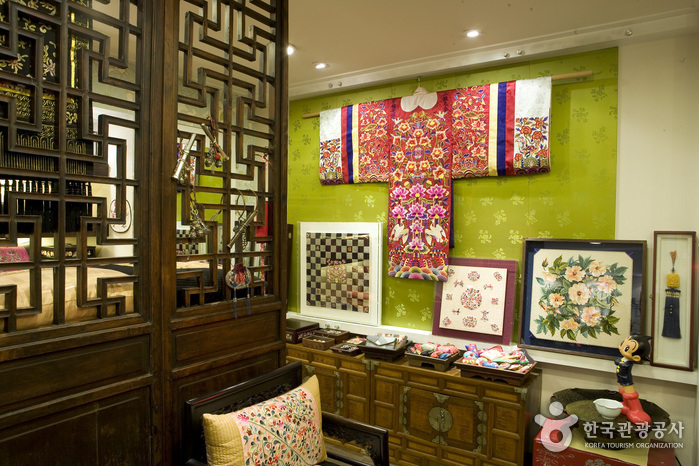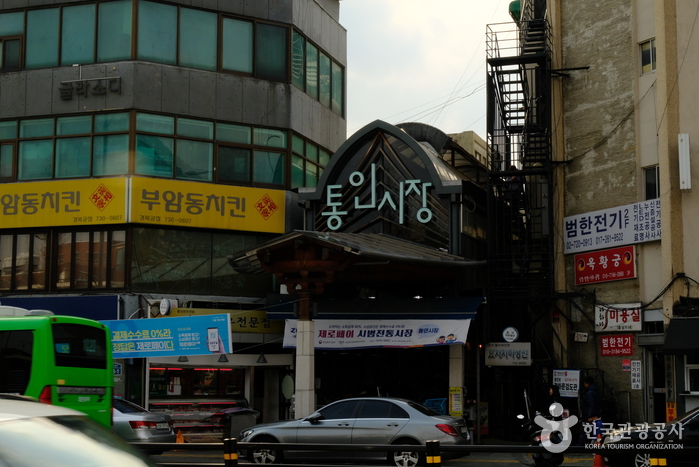Four Points by Sheraton Josun Seoul Myeong-dong (포포인츠 바이 쉐라톤 조선 서울 명동)
6.6Km 2022-06-09
36 , Samil-daero 10-gil, Jung-gu, Seoul
Four Points by Sheraton Josun Seoul Myeong-dong branch is a unique hotel located in Eulji-ro, Seoul. The hotel is located near Eulji-ro and Myeong-dong making it the perfect accommodation for business and leisure guests. There is a restaurant, lounge & bar, fitness center, meeting room, and business center.
Tosokjeong (토속정)
6.6Km 2021-03-19
4-1, Ujeongguk-ro, Jongno-gu, Seoul
+82-2-720-2192
This is a Korean cuisine located in Jongno, Seoul. The representative menu is skate, pork, and kimchi combo. A traditional Jeollanam-do food restaurant serving more than 10 side dishes.
Stephen Webster - The Shilla Hotel Branch [Tax Refund Shop] (스티븐웹스터 신라호텔)
6.6Km 2024-04-17
B1, 249, Dongho-ro, Jung-gu, Seoul
-
Brioni - The Shilla Hotel Branch [Tax Refund Shop] (브리오니 신라호텔)
6.6Km 2024-04-23
The Shilla Hotel’s shopping arcade, 249, Dongho-ro, Jung-gu, Seoul
-
Moynat - The Shilla Hotel Branch [Tax Refund Shop] (모이나 신라호텔)
6.6Km 2024-04-18
1F, 249, Dongho-ro, Jung-gu, Seoul
-
Hermes - The Shilla Hotel Branch [Tax Refund Shop] (에르메스 신라호텔)
6.6Km 2024-04-23
249, Dongho-ro, Jung-gu, Seoul
-
Issey Miyake - The Shilla Hotel Branch [Tax Refund Shop] (이세이미야케 신라호텔)
6.6Km 2024-04-18
249, Dongho-ro, Jung-gu, Seoul
-
Olive Young - Janghanpyeong Station Branch [Tax Refund Shop] (올리브영 장한평역)
6.6Km 2024-04-17
3, Janghan-ro, Dongdaemun-gu, Seoul
-
Lee Seo-yun Hanbok (이서윤한복)
6.6Km 2020-04-11
7, Hyoja-ro, Jongno-gu, Seoul
+82-2-735-4250
Lee Seo-yun Hanbok seeks hanbok that blends both traditional Korean and western designs. It not only weaves fabrics for its own hanbok, but dyes them as well. The main items cover party dresses, wedding dresses, ornaments, cushions, and sitting cushions. Lee Seo-yun, the owner of the store, was responsible for clothing and ornaments shown in the Korean soap opera, Iljimae and his works have appeared in many soap operas, traditional Korean dance performances and fashion shows as well.
Tongin Market (통인시장)
6.6Km 2025-06-19
18 Jahamun-ro 15-gil, Jongno-gu, Seoul
Tongin Market dates back to June 1941, as a public market set up for Japanese residents near the Hyoja-dong neighborhood when Korea was still under Japanese rule. After the Korean War, the nation experienced a swift rise in population, which led to a natural increase in consumption and demand. As a result the area’s street vendors and stores used the former Tongin Market area as their marketplace. Now, Tongin Market consists of 75 stores, most of which are restaurants and grocery stores. There are also some shops selling manufactured goods like underwear and shoes.


![Stephen Webster - The Shilla Hotel Branch [Tax Refund Shop] (스티븐웹스터 신라호텔)](http://tong.visitkorea.or.kr/cms/resource/50/2888350_image2_1.jpg)
![Brioni - The Shilla Hotel Branch [Tax Refund Shop] (브리오니 신라호텔)](http://tong.visitkorea.or.kr/cms/resource/89/2888989_image2_1.jpg)
![Moynat - The Shilla Hotel Branch [Tax Refund Shop] (모이나 신라호텔)](http://tong.visitkorea.or.kr/cms/resource/73/2889673_image2_1.jpg)
![Hermes - The Shilla Hotel Branch [Tax Refund Shop] (에르메스 신라호텔)](http://tong.visitkorea.or.kr/cms/resource/51/2889751_image2_1.jpg)
![Issey Miyake - The Shilla Hotel Branch [Tax Refund Shop] (이세이미야케 신라호텔)](http://tong.visitkorea.or.kr/cms/resource/54/2890154_image2_1.jpg)
![Olive Young - Janghanpyeong Station Branch [Tax Refund Shop] (올리브영 장한평역)](http://tong.visitkorea.or.kr/cms/resource/62/2888062_image2_1.jpg)


 English
English
 한국어
한국어 日本語
日本語 中文(简体)
中文(简体) Deutsch
Deutsch Français
Français Español
Español Русский
Русский